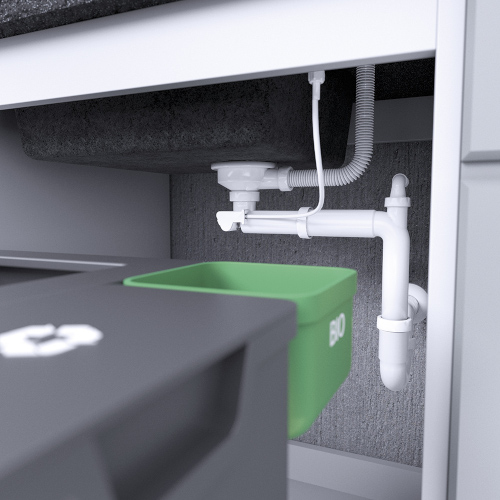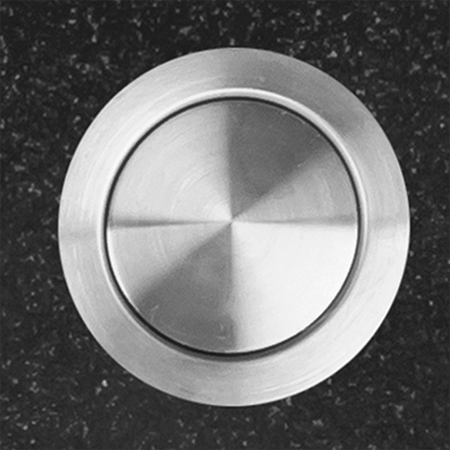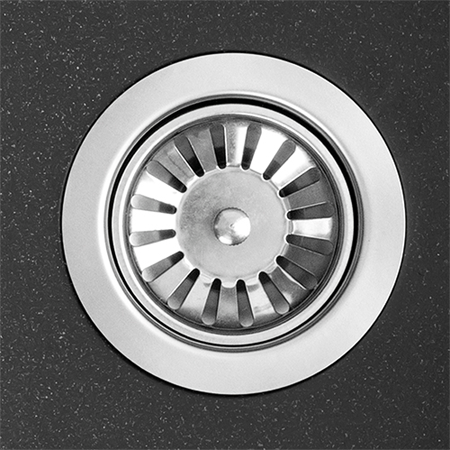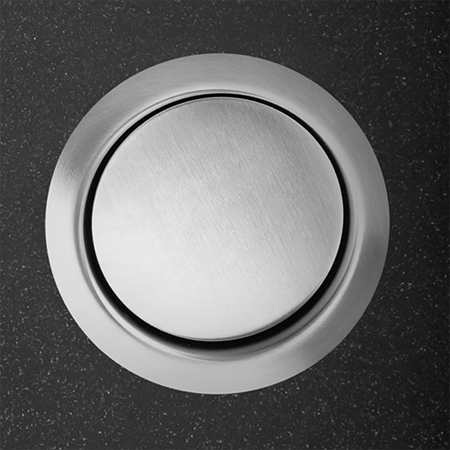Sooner or later, almost all of us will have to choose a sink for our kitchen. The decision on how our sink should look like may not pose a problem, but additional functionalities can be more tricky. In the article below, we present basic terms connected with sinks, the knowledge of which will allow you to make an informed decision on what to buy.
Everyone knows what a BOWL is, but not everyone is aware of various combinations bowls may form. Taking their number into account, we can talk about 3 types of sinks: one-, two- and one-and-a-half-bowl ones. Before deciding on one of these options, you should check how much space you have and consider how intensively and for what prevailing purpose your sink is used.
Another criterion by which sinks can be differentiated is a DRAINBOARD. It serves mainly to drain dishes or washed food. You may choose between models with a full size or half-sized drainboard (called also a short drainboard), or without a drainboard. It should be mentioned that in most cases a drainboard, in order to serve its purpose and drain water, has special grooves on its surface which also play a decorative role. Flat drainboards are always inclined at the right angle to the bowl and remain fully functional.
A SIPHON, or drain, is nothing more than a piece of equipment for conveying water into a sewer. If you want to replace it in the sink you already have, pay attention to the diameter of the drain hole at the bottom of the bowl. The most common sizes are 2 and 3.5 inches.
As a standard, Laveo sinks come with a SPACE SAVING siphon which pipes are shaped to fit closely to kitchen cabinet sides and thus allow to save space and use it to conveniently store cleaning products or arrange waste sorting bins.

In order to keep waste and food scraps in a sink - preventing them from getting into a sewer - a STRAINER is used. This is a movable part of a siphon, put into a drain, which allows you to easily remove any debris that may gather in it.
An additional drain hole under the upper edge of a sink bowl is called an OVERFLOW. It prevents the bowl from overflowing and flooding the kitchen worktop. Buying a siphon, pay attention to the shape of the overflow - whether it is round or rectangular.
A PLUG is a part of a siphon located in a drain hole. It serves to open and close water outlet in the bowl. The most common plugs are automatic ones, controlled with a KNOB mounted on the top of a sink. Turning the knob right lets water flow, turning it left closes the outlet. Another type of plugs are click-clack ones that need to be pushed directly in the drain (you do not need to soak your hands in water, just use the handle of a wooden spoon or something similar to push the plug open or close). The third popular solution is a button operated plug, where you just need to press a switch on the top of a sink.






